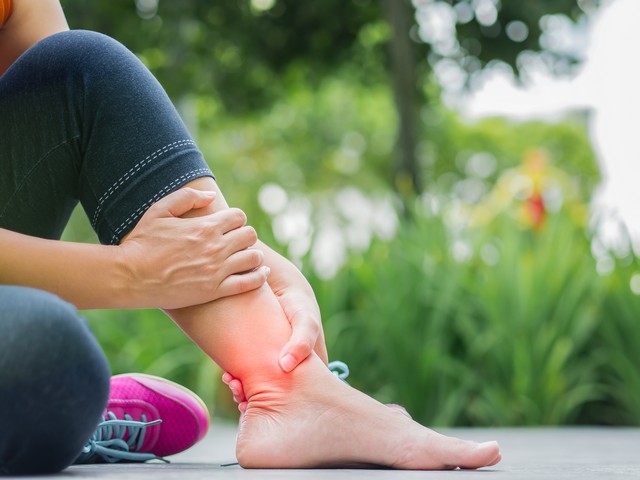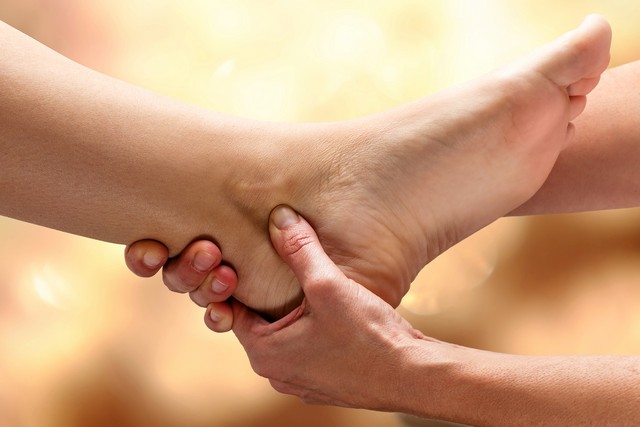Achilles Tendonitis
Achilles Tendonitis Treatment Burwood North
Five Dock Physiotherapy & Sports Injury Centre proudly offer quality achilles tendonitis treatment to residents in Burwood North and surrounding suburbs.
Connecting the ankle joint to the heel, the Achilles tendon is often injured, especially in high impact sports and running.
Achilles tendonitis is a painful inflammation of this tendon that is often accompanied with swelling and tight calf muscles.
Five Dock Physiotherapy and Sports Injury Centre offer quality physiotherapy care for achilles tendonitis.
Causes
This condition often results from overuse and strain over extended periods of time.
The most common causes of Achilles tendonitis include over-pronation and excessive exercise or walking. This can occur when exercising without an effective warm-up, playing sports which involve quick stops or sudden changes of direction (such as basketball). Achilles tendonitis can also occur from wearing high heels for prolonged periods, a sudden significant increase in physical activity without a graduated approach to training, wearing poorly fitting shoes, having bone spurs on the back of your heels, or just getting older as the Achilles tendon weakens with age! Rheumatoid arthritis and infection are both factors which are also linked to tendonitis.
The main symptom of Achilles tendonitis is pain or swelling on the back of the heel when walking or running. You may also experience tight calf muscles, limited range of motion when the foot is flexed, and the skin on the heel may also be warm to touch.


Treatment
The two main aims when treating Achilles tendonitis are to reduce the strain upon the tendon, and to reduce inflammation.
To reduce strain, activities which aggravate the condition will need to be limited or avoided for a period of time. Orthotics (corrective devices worn in the shoe) may also assist in reducing pressure on the tendon.
Anti-inflammatory drugs may help reduce inflammation, especially when combined with ice treatment. Motion restriction may also help – this can be achieved by using a cast or boot.
Specific exercises which focus on gently stretching the calf muscle can be introduced once the acute stage of inflammation has passed.
As a last resort, surgery can be used to reattach the tendon in the most severe cases. Rehabilitation after surgery will generally allow return to normal activity within a period of 10 weeks, and to competitive sports in approximately 3 to 6 months.
